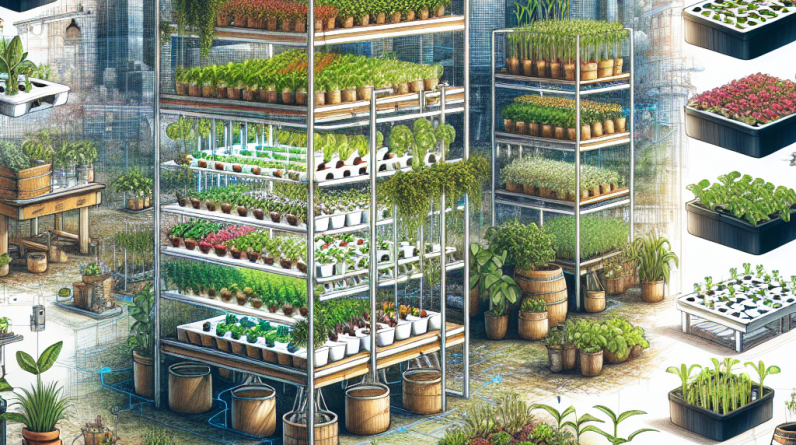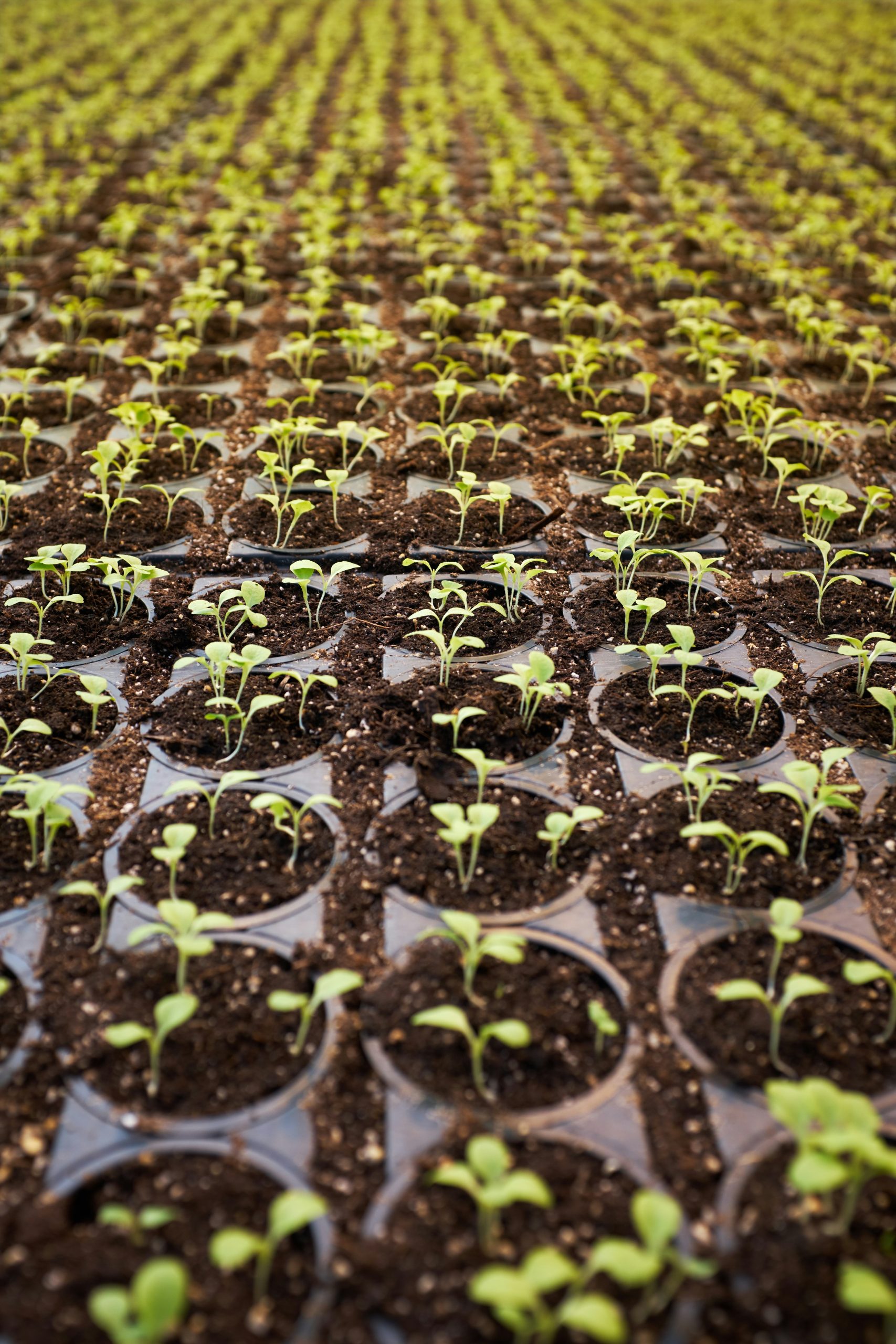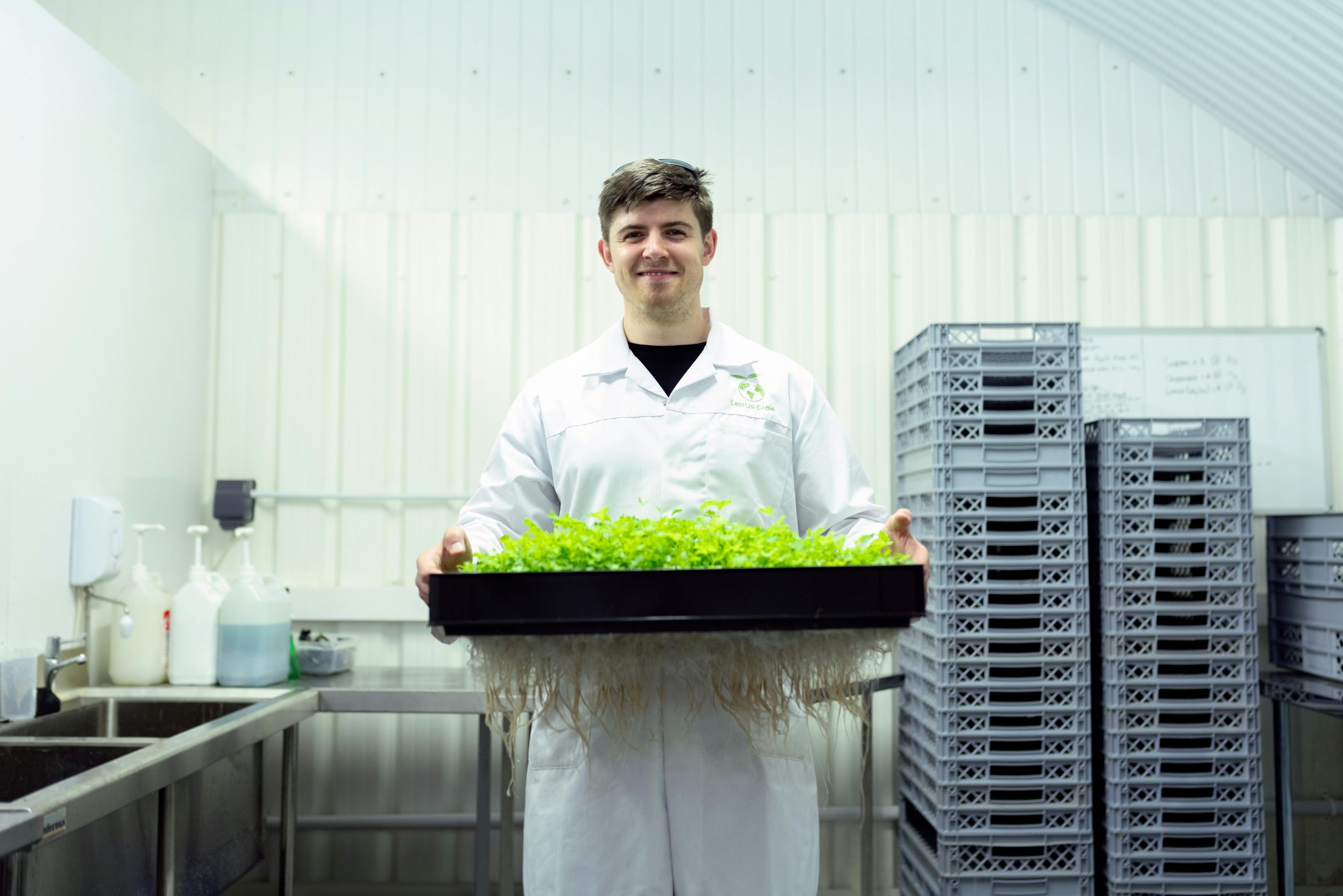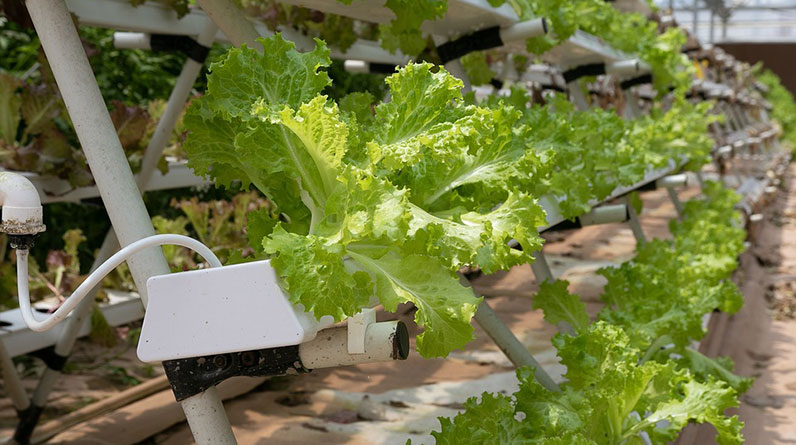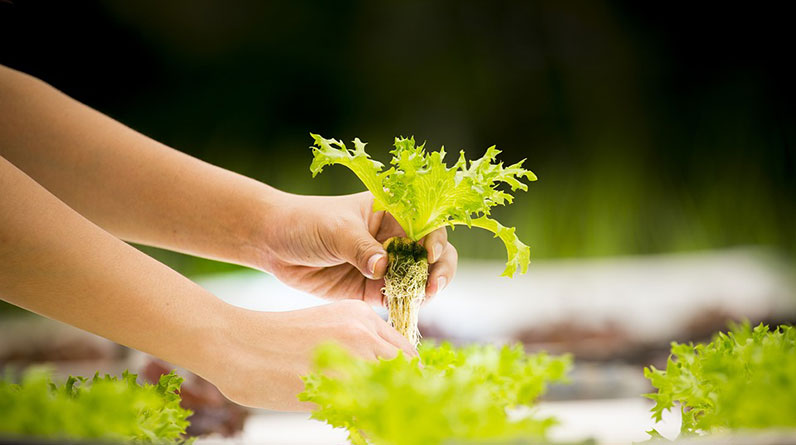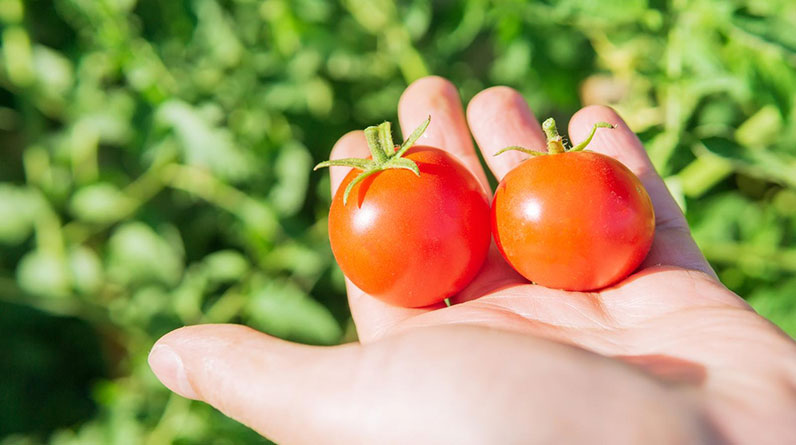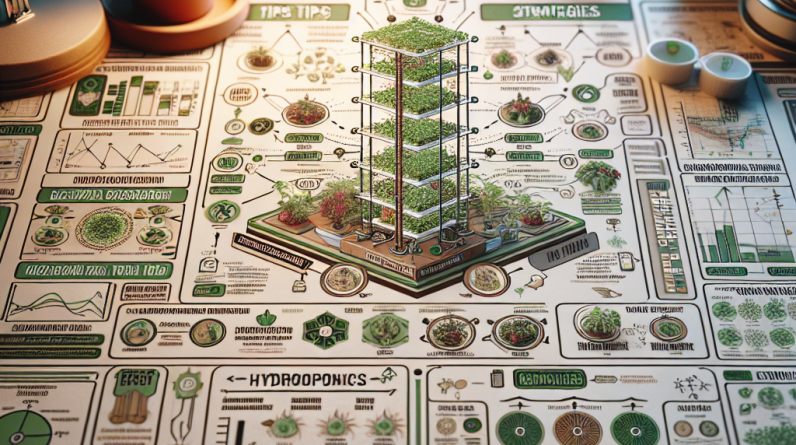
Table of Contents
- 1. Understanding Hydroponic Grow Towers
- 2. Selecting the Right Hydroponic Grow Tower Model
- 3. Setting Up Your Hydroponic Grow Tower Efficiently
- 4. Optimal Nutrient Solutions for Hydroponic Grow Towers
- 5. Lighting Strategies for Maximum Growth
1. Understanding Hydroponic Grow Towers
What Is a Hydroponic Grow Tower?
A hydroponic grow tower is an innovative vertical farming system designed to grow plants without soil. Instead, plants are nurtured in nutrient-rich water solutions within a tower structure, maximizing space and efficiency. This setup is ideal for urban gardeners, commercial growers, and anyone looking to optimize limited space for fresh produce.
In 2025, hydroponic grow towers have gained tremendous popularity due to their ability to produce high yields with minimal water and space. These towers often feature multiple tiers, allowing growers to cultivate a wide variety of herbs, vegetables, and even small fruits.
Understanding the core components of a hydroponic grow towerâsuch as the water circulation system, lighting, and nutrient deliveryâis essential for successful cultivation. Investing time in studying these elements leads to better yields and healthier plants.
Benefits of Using a Hydroponic Grow Tower
Hydroponic grow towers offer numerous advantages over traditional soil gardening. They conserve water by recycling nutrient solutions, reduce pest issues, and allow year-round cultivation regardless of outdoor weather conditions.
Moreover, these systems are scalable; whether you want to set up a small indoor garden or a large commercial operation, hydroponic grow towers can be adapted to suit your needs. They also promote faster plant growthâsome crops can be harvested in half the time compared to soil-based gardening.
Real-world examples from 2025 show that urban farms utilizing hydroponic grow towers are increasing local food production by 30-50%. This method is revolutionizing how cities approach sustainable agriculture.
<!– Next: Selecting the Right Hydroponic Grow Tower Model –>
2. Selecting the Right Hydroponic Grow Tower Model
Factors to Consider When Choosing a Grow Tower
Selecting the perfect hydroponic grow tower depends on several factors, including size, capacity, and compatibility with your space. Consider your available area; smaller units are ideal for apartments, while larger systems suit dedicated grow rooms.
Material quality is also crucial. High-grade plastics and corrosion-resistant metals ensure longevity and safety. Check user reviews and manufacturer specifications for durability and ease of maintenance.
In 2025, top models now incorporate smart features like app control, automated nutrient dosing, and remote monitoring, greatly simplifying management and increasing success rates.
Popular Hydroponic Grow Tower Models in 2025
Some of the leading models for 2025 include the EcoGrow Tower, VertiGrow X, and SmartVeg Tower. These models differ in size, automation features, and price points, making it easier to find an option tailored to your needs.
For example, the EcoGrow Tower is known for its easy setup and excellent scalability, perfect for beginners. The VertiGrow X offers advanced automation, suitable for serious growers aiming for high yields.
Always compare features and reviews before making a purchase. Remember, the right hydroponic grow tower can significantly influence your gardening success in 2025.
<!– Next: Setting Up Your Hydroponic Grow Tower Efficiently –>
3. Setting Up Your Hydroponic Grow Tower Efficiently
Preparing Your Space for Setup
A successful hydroponic grow tower begins with proper space preparation. Choose a location with good airflow, access to electricity, and stable temperature conditions. Indoor setups may require a dedicated grow room or tent.
Ensure the area is free from pests and dust. Elevate the tower slightly off the ground for easy access to the plumbing and maintenance. Use waterproof mats or flooring to prevent water damage.
In 2025, smart sensors are increasingly used to monitor environmental conditions such as humidity and temperature, helping optimize conditions for your hydroponic grow tower.
Assembly and Initial Setup
Follow manufacturer instructions carefully during assembly. Most hydroponic grow towers are modular and require assembling shelves, water reservoirs, and lighting fixtures. Pay attention to water pump connections to ensure proper circulation.
After setup, fill the system with nutrient solution, calibrating the pH and EC levels according to your crop requirements. Use high-quality nutrients formulated for hydroponic systems.
Regularly check for leaks or blockages during the first week. Proper initial setup reduces downtime and improves plant health over time.
<!– Next: Optimal Nutrient Solutions for Hydroponic Grow Towers –>
4. Optimal Nutrient Solutions for Hydroponic Grow Towers
Choosing the Right Nutrients
In 2025, tailored nutrient mixes are essential for maximizing hydroponic grow tower yields. A good nutrient solution should contain the right balance of macronutrients: nitrogen, phosphorus, and potassium, along with trace minerals.
Organic and synthetic nutrients both have their place; however, many commercial growers prefer organic blends for better flavor and sustainability. Regular testing of the water’s pH and EC helps maintain optimal nutrient availability.
Using pre-made nutrient formulas designed specifically for hydroponics simplifies feeding regimes. These formulations are designed to work efficiently with vertical systems like the hydroponic grow tower.
Feeding Schedules and Management
In 2025, automated nutrient dosing systems have become standard, ensuring consistent nutrient delivery and reducing human error. A typical schedule involves feeding plants every 2-3 hours during active growth phases.
Monitoring plant health and adjusting nutrient concentrations accordingly can prevent deficiencies or toxicities. Signs of nutrient problems include leaf discoloration, stunted growth, or wilt.
Keep detailed logs of your feeding routines; this practice helps identify patterns and optimize your hydroponic grow tower’s productivity.
<!– Next: Lighting Strategies for Maximum Growth –>
5. Lighting Strategies for Maximum Growth
Types of Grow Lights for Hydroponic Grow Towers
Lighting is fundamental for plant growth in hydroponic grow towers. In 2025, LED grow lights dominate due to their efficiency, spectrum control, and longevity. Options include full-spectrum LED panels and specialized spectrum lights to enhance specific growth stages.
Consider the height and layout of your tower when choosing lights. Adjustable mounts allow you to optimize light intensity and coverage, ensuring all plants receive adequate light.
Investing in quality lighting can increase growth rates by up to 25%, making it one of the most impactful strategies for success.
Timing and Light Cycles
Most plants follow a photoperiod, and maintaining proper light cycles is key. Vegetative growth generally requires 16-18 hours of light per day, while flowering stages need about 12 hours.
In 2025, smart lighting systems that automate on/off cycles according to plant needs are widely available. These systems help optimize light use, reduce energy costs, and improve crop yields.
Regularly cleaning your lights and adjusting their height as plants grow ensures maximum light absorption and healthy development.
Frequently Asked Questions
1. What is a hydroponic grow tower and how does it work?
A hydroponic grow tower is a vertical farming system where plants grow without soil, using nutrient-rich water delivered through channels in a tower structure. This system maximizes space efficiency and speeds up plant growth.
2. How do I maintain my hydroponic grow tower for optimal yields?
Regularly monitor water pH and nutrient levels, clean filters and reservoirs, and ensure proper lighting. Implementing automated systems can greatly reduce manual maintenance and improve plant health.
3. What are the best crops to grow in a hydroponic grow tower in 2025?
Popular crops include leafy greens like lettuce and spinach, herbs such as basil and cilantro, and small fruits like strawberries. These crops thrive in vertical systems and have rapid growth cycles.
4. Can I set up a hydroponic grow tower indoors?
Absolutely! Indoor setups are ideal for year-round production. Ensure your space has adequate lighting, ventilation, and temperature control for best results.
5. How does a hydroponic grow tower compare to traditional gardening?
Hydroponic grow towers use less water, grow faster, and maximize limited space. They also reduce soil-borne pests and diseases, making them a more efficient and sustainable method in 2025.
Conclusion
In 2025, mastering the best hydroponic grow tower strategies is essential for growers seeking to optimize space, increase yields, and ensure sustainability. Whether you’re just starting or expanding your setup, understanding system components, nutrients, lighting, and maintenance will help you succeed. As the industry continues to evolve with innovative automation and smart monitoring, your hydroponic grow tower will become more efficient and productive. Embrace these strategies to revolutionize your gardening journey and enjoy fresh, home-grown produce all year round.



